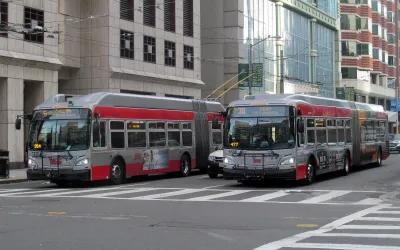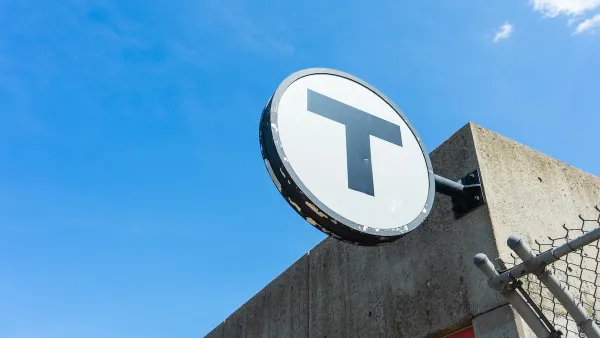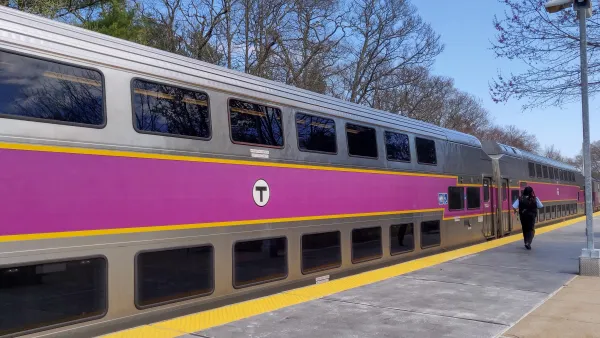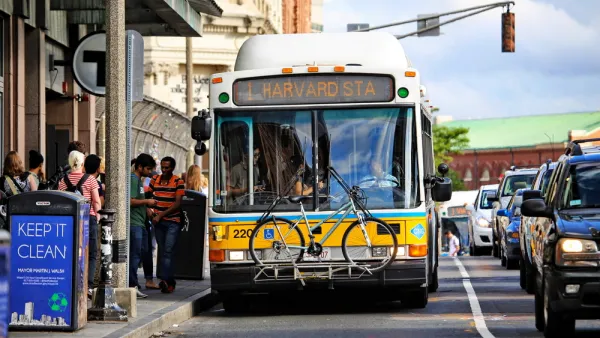A closer look at commuting and ridership shows the differences between urban and suburban transit patterns.

Alon Levy of the Pedestrian Observations blog compares commuter ridership on urban transit and commuter rail. He finds that in San Francisco the total number of riders on four parallel east-west Muni bus routes serving the central business district is almost twice the maximum number of commuters:
This represents an implausible 184% mode share, in a part of the city where a good number of people own and drive cars, and where some in the innermost areas could walk to work. What’s happening is that when the transit system is usable, people take it for more than just their commute trips.
He then looks at the Massachusetts Bay Transportation Authority’s regional rail and riders coming into Boston’s CBD from suburbs and city neighborhoods near rail. Levy finds the mode share to be just 32 percent, and he notes that most commuters use other modes and very few commuter rail passengers are using rail for other non-work trips.
The difference between San Francisco and Boston is partly due to the geographic distribution of the non-work places people need to reach for shopping, errands, and services. In a city, travelers can use transit to reach these locales, but they are more likely in the suburbs to drive to them.
Levy also says that regions with transit systems that cater to commuters — trains arriving once an hour during off-peak hours, for example — will not be able to attract other types of riders. "If the station placement is designed around car travel, as is the case for all American commuter lines and some suburban rapid transit (including the tails of BART), then people will just drive all the way unless there’s peak congestion. Only very good urban transit can get this non-work ridership," he says.
FULL STORY: Urban Transit Vs. Commuter Transit

Analysis: Cybertruck Fatality Rate Far Exceeds That of Ford Pinto
The Tesla Cybertruck was recalled seven times last year.

National Parks Layoffs Will Cause Communities to Lose Billions
Thousands of essential park workers were laid off this week, just before the busy spring break season.

Retro-silient?: America’s First “Eco-burb,” The Woodlands Turns 50
A master-planned community north of Houston offers lessons on green infrastructure and resilient design, but falls short of its founder’s lofty affordability and walkability goals.

Test News Post 1
This is a summary

Analysis: Cybertruck Fatality Rate Far Exceeds That of Ford Pinto
The Tesla Cybertruck was recalled seven times last year.

Test News Headline 46
Test for the image on the front page.
Urban Design for Planners 1: Software Tools
This six-course series explores essential urban design concepts using open source software and equips planners with the tools they need to participate fully in the urban design process.
Planning for Universal Design
Learn the tools for implementing Universal Design in planning regulations.
EMC Planning Group, Inc.
Planetizen
Planetizen
Mpact (formerly Rail~Volution)
Great Falls Development Authority, Inc.
HUDs Office of Policy Development and Research
NYU Wagner Graduate School of Public Service




























